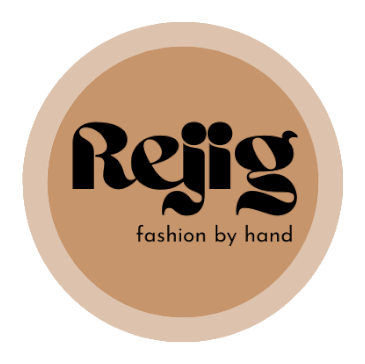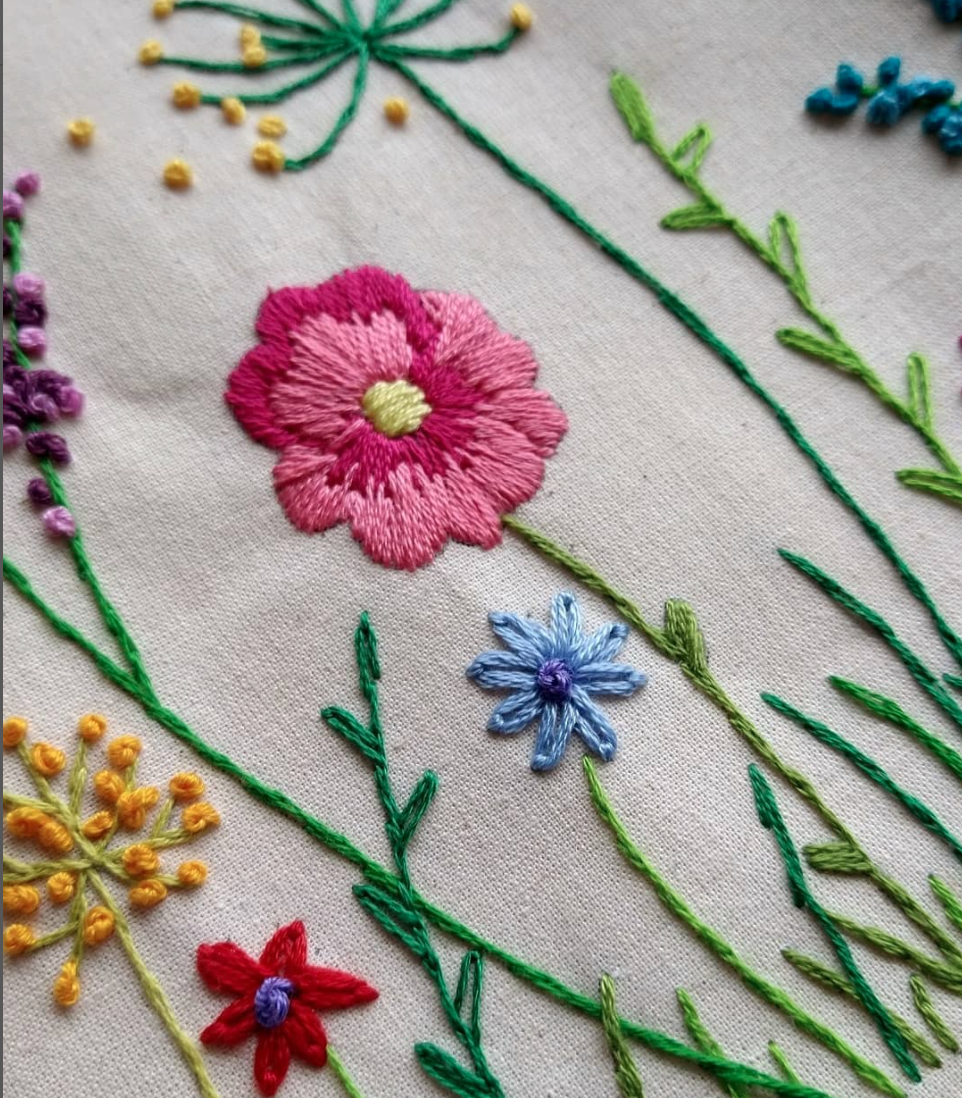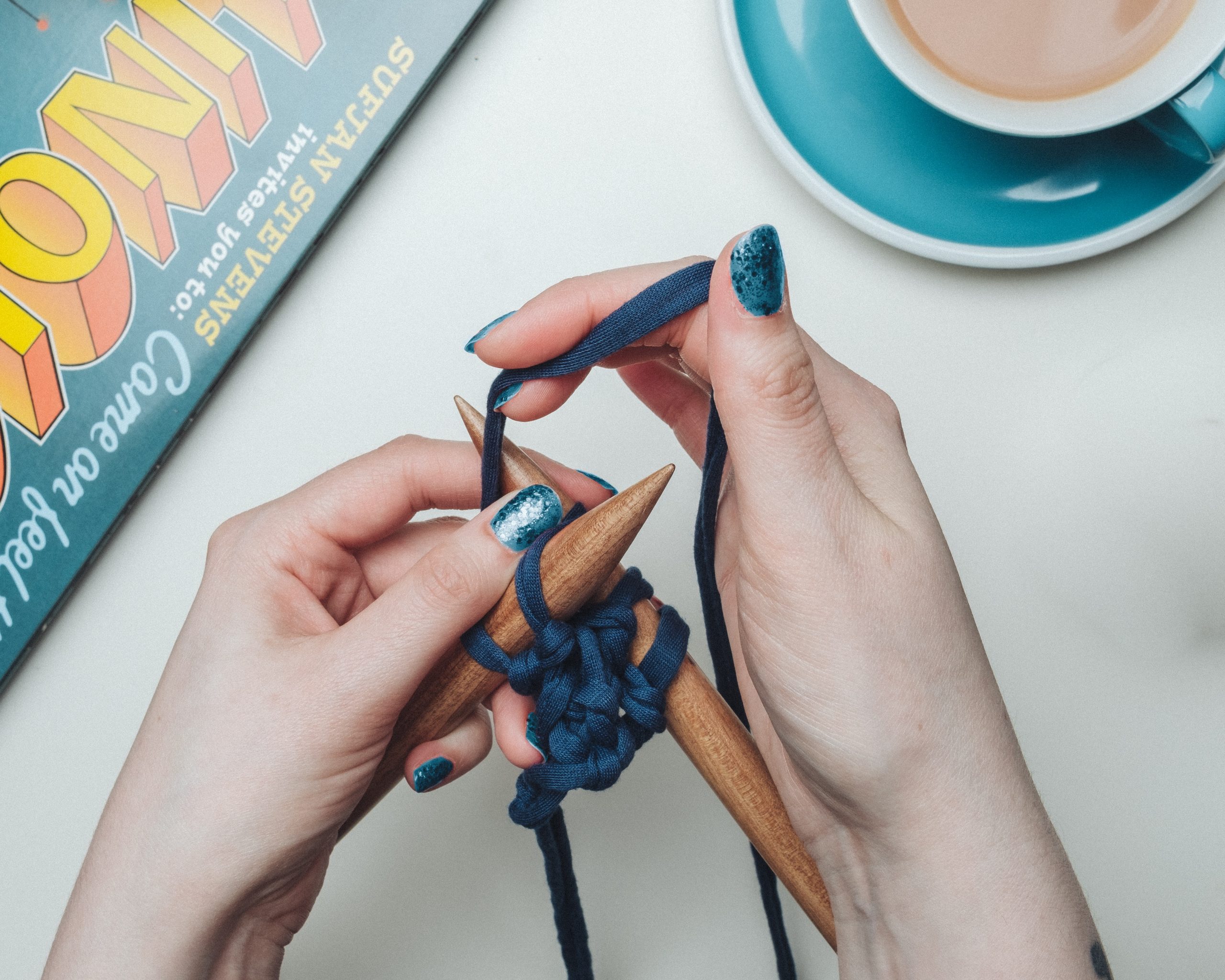Handmade clothing and couture are important to the fashion industry now more than ever. We live in a world where everything is expected instantaneously and that has allowed the fast fashion industry to grow. Defined by The Good Trade as: “a design, manufacturing, and marketing method focused on rapidly producing high volumes of clothing. Fast fashion garment production leverages trend replication and low-quality materials in order to bring inexpensive styles to the end consumer,” it is often frowned upon by many. The constant mass purchasing for shopping hauls and single-wear means the industry isn’t sustainable and contributes negatively to the environment. However, there is a huge demand for ethically-conscious, sustainable clothing and that is where handmade, and couture comes in.
But couture is not a new thing, there is a long history behind it and a very respected, established one at that. In 1858, English couturier, Charles Frederick Worth established the first haute couture house in Pars. This was to be a place for luxury fashion for the upper-class woman, coining the term ‘fashion designer’.
Jump forward a decade to 1868 and Le Chambre Syndicale de la Haute Couture was established to be a safeguard of high-fashion and the designs that were being created. In order to be a couture fashion house, designers had to earn tthis right in specifications that were later outlined in 1945.
These included:
– Designs had to be made-to-order for private clients, with one or more fittings.
– Each atelier must have at least 20 members of staff.
– Each season, the couture house must present a collection of at least 35 runs with both daytime and evening wear to the Paris press.
This was a very rigorous process to call yourself a couture designer, and a title that held your stead as a designer as you had proved your place in the industry.
Jump forward to 1921 where the French press created ‘PAIS’ meaning, L’Association de Protection des Industries Artistiques Saisonnieres. To protect designs from plagiarism, they were photographed on a mannequin, front, back and side, to be registered as evidence.
Now in modern day (2022) designs are unfortunately being replicated in different ways due to the ease of access with social media in particular. This has its up and downside as sometimes we see this in a positive light, merely an appreciation for the work, but at other times this is in a bid to cut design costs to mass produce clothes in the fast fashion industry.
We saw the positive side of replication and a sense of community in the handmade, couture world in February 2020 when Harry Styles was photographed wearing a JW Anderson patchwork cardigan. Liv Huffman, an online content producer and artist, crocheted her own version and posted a video of it on social media. The video quickly went viral and inspired thousands of Styles fans to make and share their own versions and interpretations of the garment. As a result of the trend, a pleased JW Anderson shared a free downloadable pattern and tutorial for the cardigan.
Now featured at the Victoria and Albert Museum, you can see the original and Huffman’s cardigans for yourself.

The #harrystylescardigan is just one example of the power of the handmade community. It’s one that is evolving, with designers experimenting more and utilising the young generation of designers. De Beers Group is one such company, using Central Saint Martins graduates to design their ReSet Forever Love collection. This highlights the merging communities from hobbyists getting their work noticed by the likes of JW Anderson, to students who have dedicated a career to the craft they love. It is overlapping and couture is beginning to mean more in today’s society.





